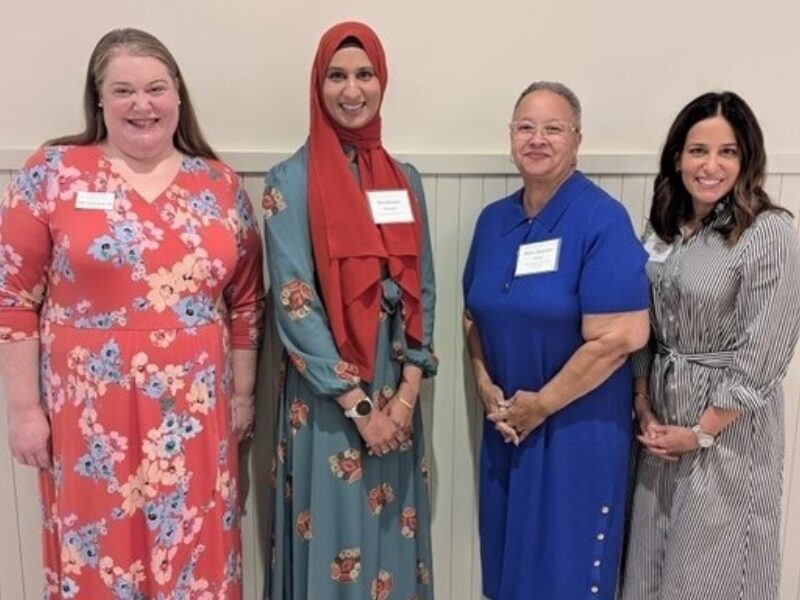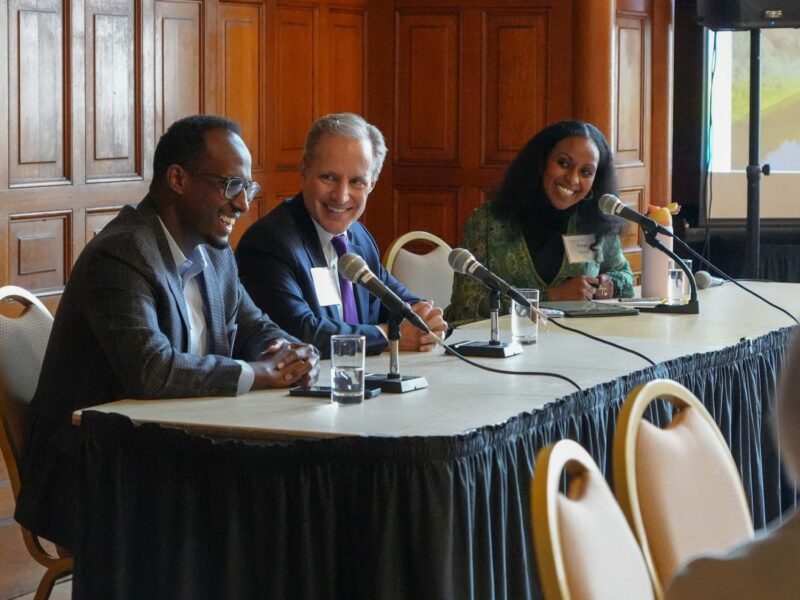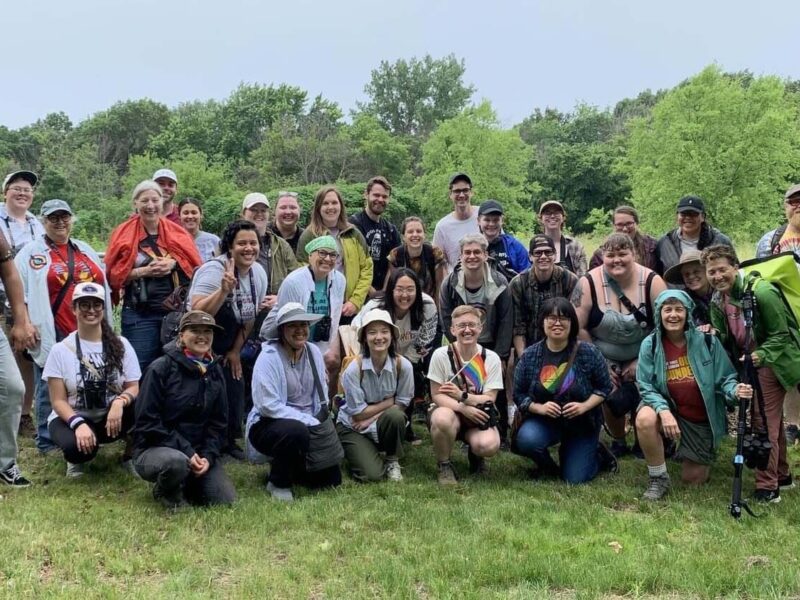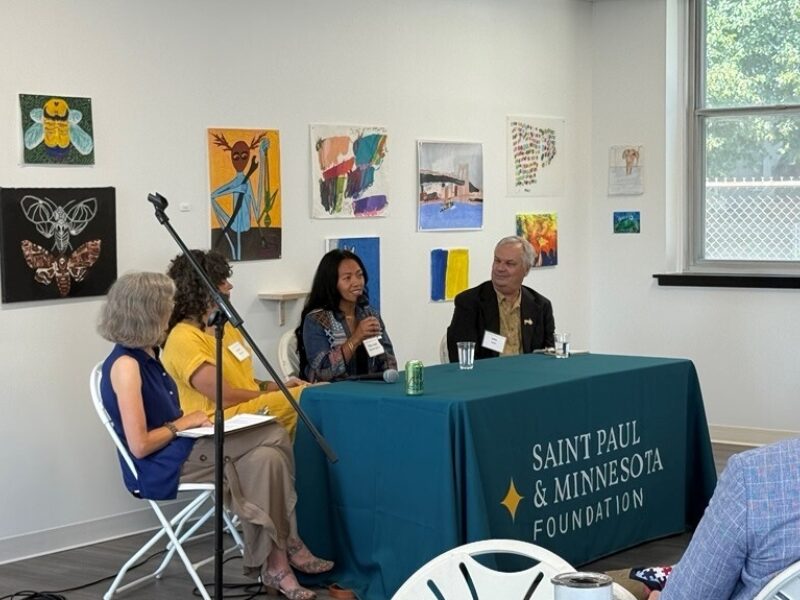Here’s what you should consider when making your long-term charitable giving plan.
If you are interested in making a lasting impact with your philanthropy that extends well into the future, here are a few things you should consider when creating your long-term giving plan.
What Are Your Long-term Giving Goals?
There may be several issues and causes that you are interested in supporting with your fund. Some issues are timely and need immediate support, like a natural disaster or pandemic such as COVID-19, while other issues are ongoing such as education, housing and health.
In the latter's case, it is important to consider the ongoing and changing needs of those causes over time. It is also key to consider the impact you can continue to have in the future.
What Are Your Goals For Your Charitable Fund?
As you think about the legacy you want to leave behind, how you give can play a large role in how you are remembered.
For example, one fundholder decided the best way to support her favorite causes was by establishing a future designated fund with the Saint Paul & Minnesota Foundation that will be financed by her will. Over time her ongoing gifts will fund three of her favorite causes, which support women, nature and dogs. You might also consider how you would like your family to be involved. One of the ways we support multi-generational giving is by encouraging family giving conversations. Thinking through your legacy will allow you to engage the following generations in philanthropy, easily support your favorite nonprofits forever or make a perpetual difference for the causes you care about most.
For example, one of our fundholders ensured his giving lived on after he passed by including his children and grandchildren in his long-term giving plan. After his passing, his donor advised fund was bequeathed to his children who have now included their children and grandchildren, creating four generations of giving.
Another donor had the privilege of inheriting a fund. To carry on his mother’s legacy and the impact she had on the community as an educator, he decided to use his donor advised fund (DAF) to grant scholarships to college students who major in English.
How We Can Support Your Giving
To complement these discussions, we provide in-person and online tools such as our donor toolkit to help you establish your giving plan. We often work with donors to write a charitable giving statement, which can help you hone your interests and values. Once you have done that, you can then begin exploring various ways to support your long-term giving.
If you have opened a donor advised fubd, you can recommend multiple grants from your fund to various causes you care about. You also can fund the account with cash, stocks or non-cash assets such as real estate, farm assets or private business interests, to name a few. These gifts are generally tax-deductible at the time of the contribution and are invested to grow over time, while you recommend grants from the fund to your favorite charities.
Many options offer you the opportunity to support your community with a gift that provides income. For example, you can also support the community with a gift such as a charitable gift annuity or charitable remainder trust that will provide you with regular payments throughout your lifetime. In addition to these options, you can open a designated fund that forever makes an annual grant to your favorite nonprofit or an unrestricted fund that continuously supports nonprofits addressing emerging and ever-changing issues in the community.
To learn more about long-term giving or explore your charitable giving legacy, contact a member of our Philanthropic Services team today.
The Saint Paul & Minnesota Foundation does not provide tax, legal or accounting advice. Please consult your own tax, legal and accounting advisors regarding your individual situation before engaging in any transaction.









